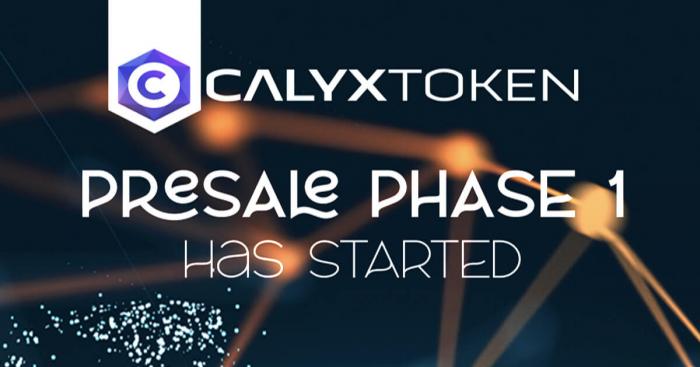Can You Make Passive Income By Providing Liquidity? – PancakeSwap (CAKE), Uniswap (UNI) and Calyx Network (CLX)

Disclaimer: This is a sponsored press release. Readers should conduct their own research prior to taking any actions related to the content mentioned in this article. Learn more ›
We’ve all heard of cryptocurrency staking as a way to make passive income, but how about becoming a liquidity provider? If you only trade on centralised exchanges, you may be unfamiliar with the word because this form of passive income can only be made on decentralised exchanges such as PancakeSwap (CAKE), UniSwap (UNI), and the recently launched Calyx Network (CLX).
What is a Liquidity Provider?
A liquidity provider is a user who adds cryptocurrency assets into a liquidity pool to support trade on the platform while simultaneously receiving passive income. Decentralised exchanges that use automated market maker-based systems use liquidity pools to allow trading of illiquid trade pairs with little slippage.
Trading illiquid pairs on order book-based exchanges could result in substantial slippage and the inability to execute trades. The advantage of being a liquidity provider is that they can always execute trades, provided their liquidity pools are big enough. Liquidity providers are referred to as trade facilitators, and they are compensated via transaction fees for the trades they facilitate.
PancakeSwap (CAKE)
When you contribute your token to a Liquidity Pool, you will be rewarded with Liquidity Provider (LP) tokens as well as a portion of the fees. Your portion of the PancakeSwap (CAKE) Liquidity Pool is represented by the number of LP tokens you receive. In addition, you are able to withdraw your liquidity at any time to redeem your funds.
When investors use your liquidity pool, you are compensated for providing liquidity. When a trader uses PancakeSwap (CAKE), they pay a 0.25% charge, 0.17% of which goes to the Liquidity Pool of the swap pair.
Uniswap (UNI)
Uniswap (UNI) V3 is a significant upgrade on Uniswap (UNI) V2. Unlike Uniswap (UNI) V2, which requires all users to supply liquidity over the whole price curve from 0 to infinity, Uniswap (UNI) V3 allows LPs to focus capital in the price range where they believe the maximum profit will be generated.
Swapping fees are computed as a proportion of the total swapped volume. Fees incurred during each Uniswap (UNI) swap are divided among LP providers based on your contribution to the LP. Because these fees are automatically put into the LP, your total personal LP contribution climbs as fees accrue.

Calyx Network (CLX)
Calyx Network (CLX) is new to the crypto scene, having only recently begun its presale phase. Calyx (CLX) is a fully decentralised trading platform that has piqued the crypto community’s curiosity. Experts believe that the price of CLX could surge before its launch based on its promising utility.
Calyx (CLX) will enable liquidity providers to construct pools (on any blockchain network) or contribute liquidity to existing pools under the protocol. As a result, LPs’ capital efficiency would improve, and users would pay less slippage.
Calyx (CLX) will gather liquidity from numerous sources operating on various blockchain networks and pool it in one place, resulting in lower switching fees and speedier trades without leaving the wallet. As a result, atomic token swaps and native tokens from a project would be useable across a wide range of ecosystems, platforms, and applications.
Calyx Token (CLX) will be vested before its release in an attempt to ensure the long term stability of the project. Although this is patently a net positive, it does mean that presale investors will be unable to access their tokens for an extended period once the presale has ended.
Find out more about CLX:
- http://presale.calyxtoken.io/
- https://www.instagram.com/calyx_token
- https://twitter.com/CalyxToken
- https://t.me/CALYX_TOKEN_OFFICIAL














































